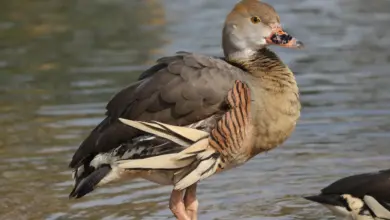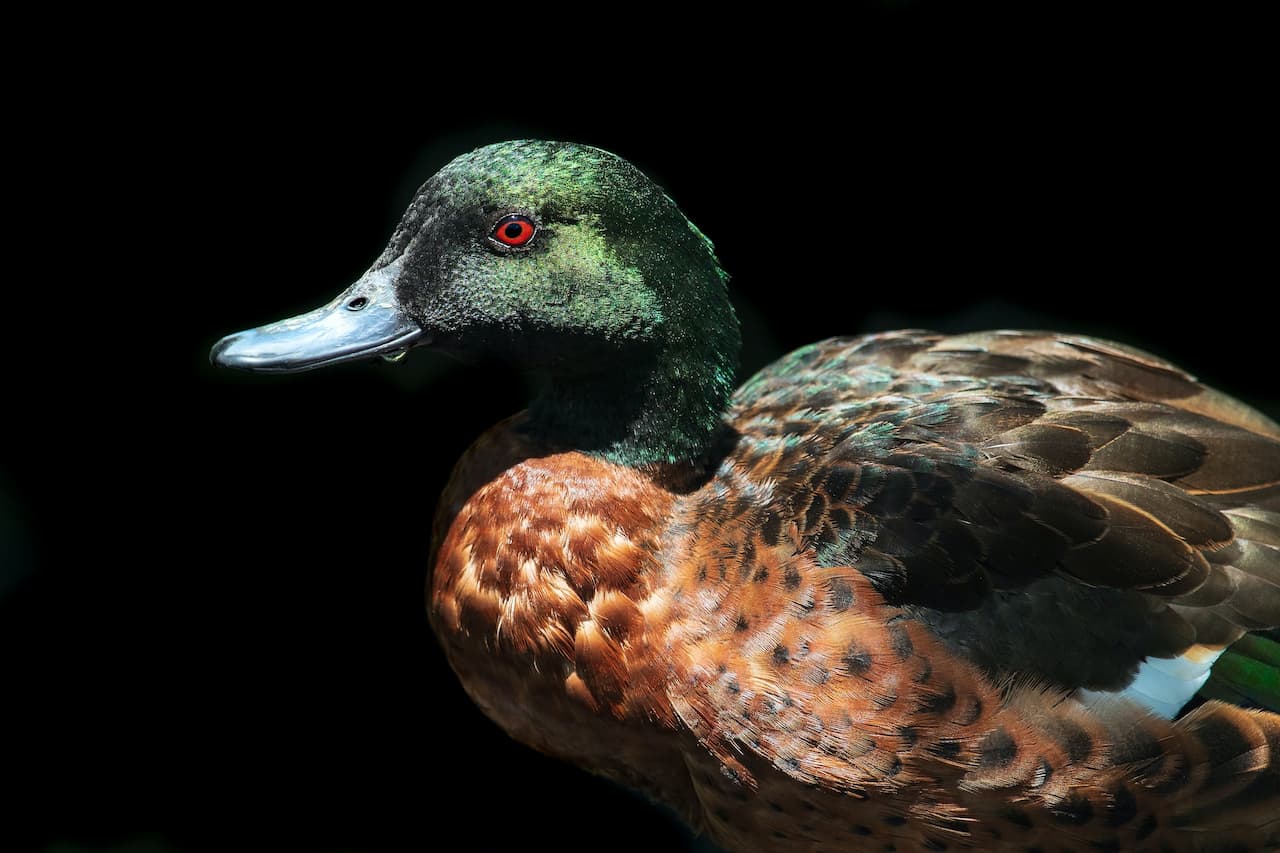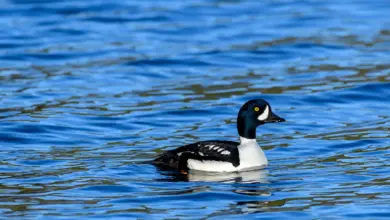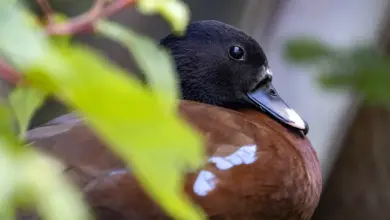Waterfowl Problems
Waterfowl Problems & What To Do
The following text was adapted from (and added to) a US Fish and Wildlife Service pamphlet, “Homes for Birds“.
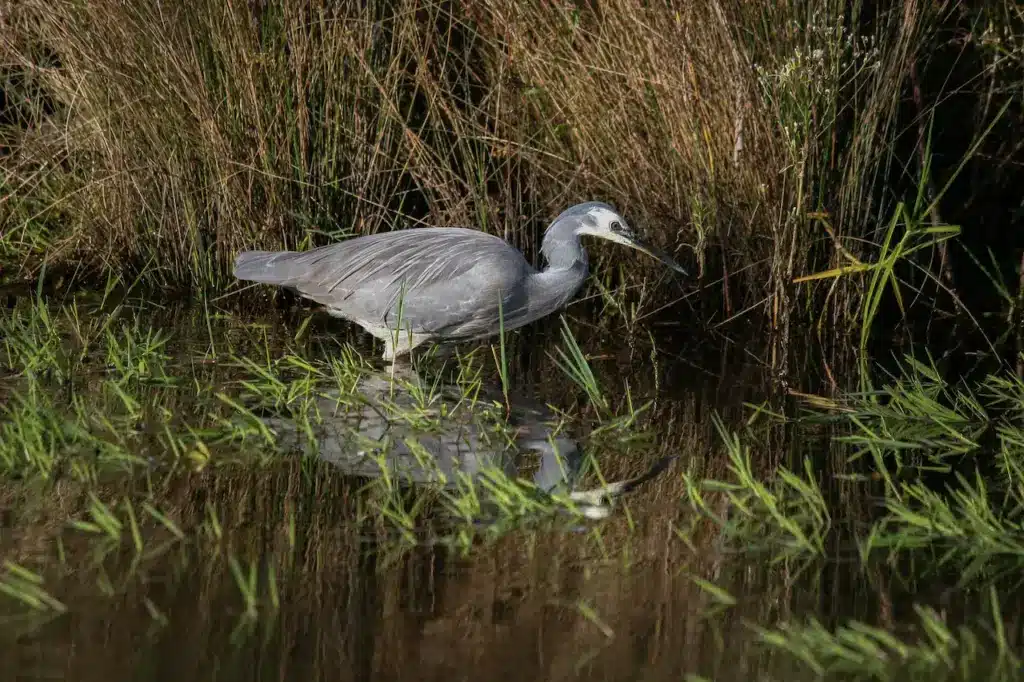
What to do when Waterfowl becomes a problem
Ducks, geese, swans and cranes can cause problems near rivers, ponds and lakes. They feed on crops, grass and other vegetation. During their summer molt, flightless birds may create more problems by trampling plants and leaving droppings. Whatever the problem with waterfowl, immediate action is crucial to successful control.
Farmers are encouraged to use early-ripening and damage-resistant plant varieties. Another strategy, delaying fall plowing, allows waterfowl to feed in harvested fields.
- The Simplest Method: STOP FEEDING THEM! The number of animals is naturally controlled by the amount of food available. They will only produce as many young as their natural environment can accommodate. If we feed animals, their numbers will not only explode, but they will also learn to rely on us for food and are likely to become demanding and even aggressive, if they get hungry and desperate enough … If feedings stop, they may starve to death. It’s really best never to start.
Reduce the Number of Offspring: Simply destroying all nests or eggs will only result in the duck renesting in different locations until she has a successful hatch. The bird must be allowed to incubate and hatch at least 2 chicks, otherwise she will abandon the nest and immediately start a new nest elsewhere. Allowing her 2 viable eggs will ensure that the birds will spend 3 weeks incubating and up to 12 weeks caring for the chicks. The goal is to alter all but two of the eggs in a nest so that they are unable to hatch. This can only be accomplished during the laying period (before incubation). If there is any doubt regarding the development of the eggs, a sampling should be taken to a local wildlife rehabilitator for candling.
During the laying period (before incubation has started – the eggs should still be cool, not warm), the eggs are still dormant and should be vigorously shaken to cause the internal structure to change (comparable to scrambling the egg inside the shell). Each shaken egg should be dated with a crayon the day it is shaken and returned to the nest. Removing the altered eggs could result in the duck / goose / swan abandoning the nest and starting a new one elsewhere if she feels a predator has discovered the site.
The eggs can also be coated with vegetable oil. Do not shake two of the eggs. These eggs should be labeled by crayon as “Viable”. Keep the unshaken eggs on top of or away from any oiled eggs. The shaken eggs can be safely pierced and discarded one week after the female leaves the nest with her new ducklings, or 45 days after incubation began. An incubated egg should never be shaken; it has begun development and rather than rendering the egg infertile it could result in a deformed duckling. (This information refers to domestic ducks in the USA only. It is a violation of US federal law to disturb the eggs, nests, or raise ducklings of all wild ducks without first obtaining the necessary permits.)
Visual Bird Repellers: A combination of several frightening techniques may produce the best results, such as scarecrows, noisemakers, flags, balloons and dogs.
-
- Scarecrows should be of simple construction and move in the wind. Put one in every five acres and move them every two to five days.
- Old cars, farm machinery, pinwheels, streamers, fluorescent traffic cones and aluminum pie plates, if they move in the wind and make noise can also be effective waterfowl scares.
- Flags may be the most effective and least expensive control tool. Make two by three-foot black plastic flags on four-foot posts. Put one flag per acre in fields where waterfowl have been feeding, one per five acres in fields with no damage.
- Balloons, if properly maintained and frequently moved, can be effective waterfowl scares. Fill a two-foot diameter balloon with helium and anchor it with a 50 to 75 pound monofilament line.
Noisemakers:
-
- Sonic devices are a great choice if you have a lot of ducks and geese and a lot of property to protect.
- Contact your state animal damage control expert for advice on using explosives as noisemakers.
Dogs: A free ranging dog, trained to chase birds as soon as they land, will discourage waterfowl. Please note that in many places it is illegal to allow dogs to make contact with or injure the ducks and geese.
Relevant Products (freely available online or in hardware stores):
-
- Sonic devices are a great choice if you have a lot of ducks and geese and a lot of property to protect. This solution is, however, the most expensive.
-
- Bird Barriers / Netting, etc.
Bird Spikes and Bird-repellant Gels
Back to Resolving Backyard Wildlife Problems
Species Research by Sibylle Johnson
Please Note: The articles or images on this page are the sole property of the authors or photographers. Please contact them directly with respect to any copyright or licensing questions. Thank you.

